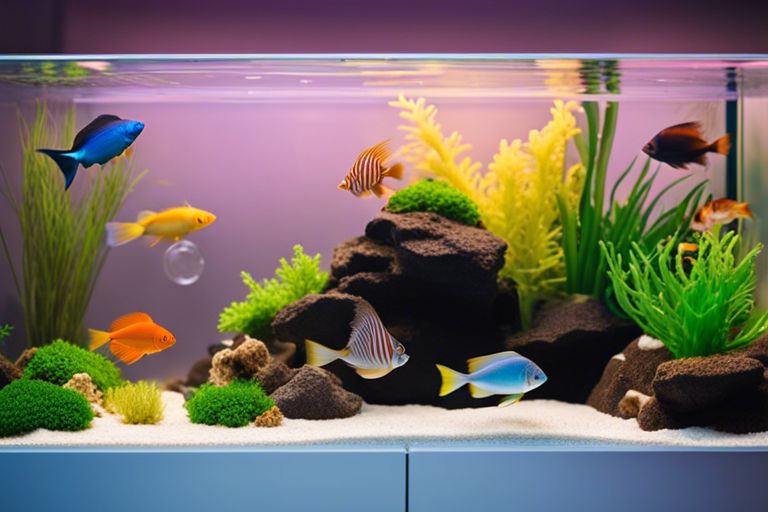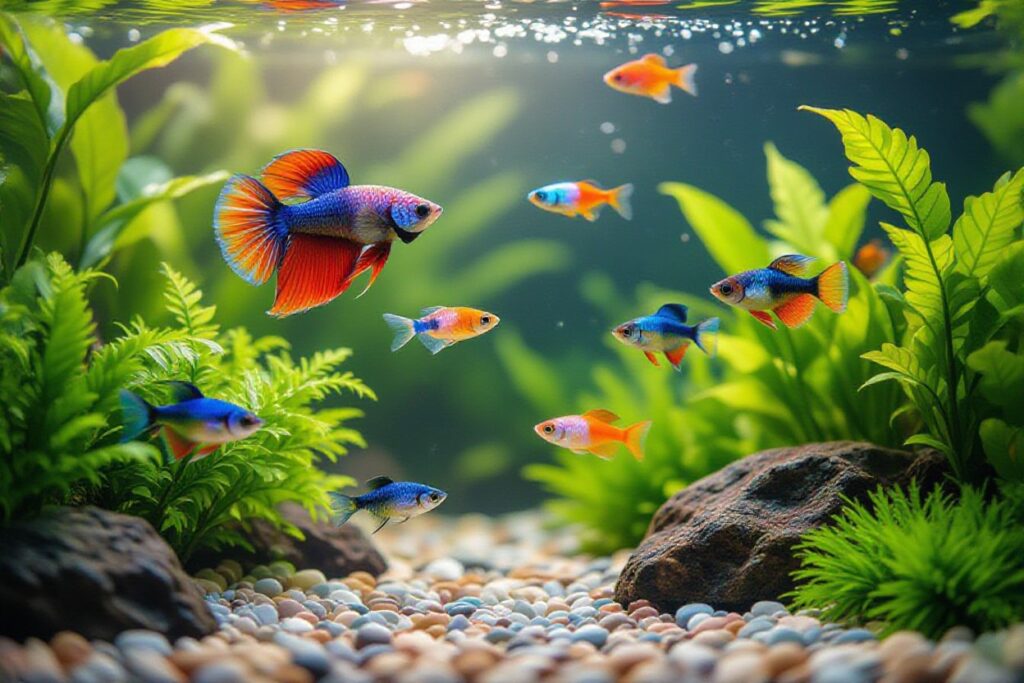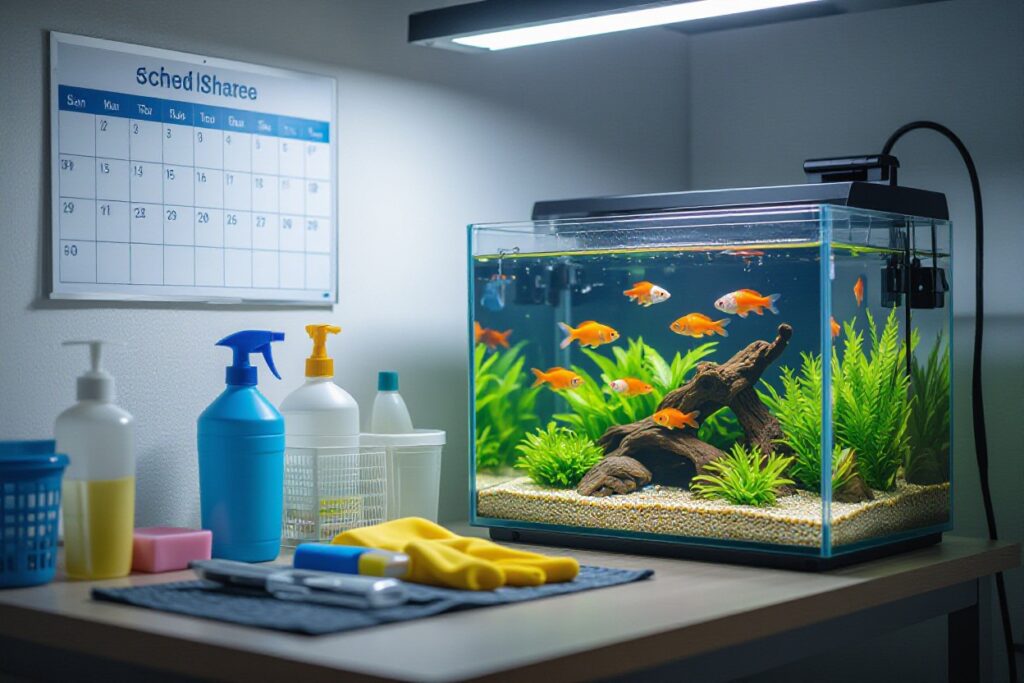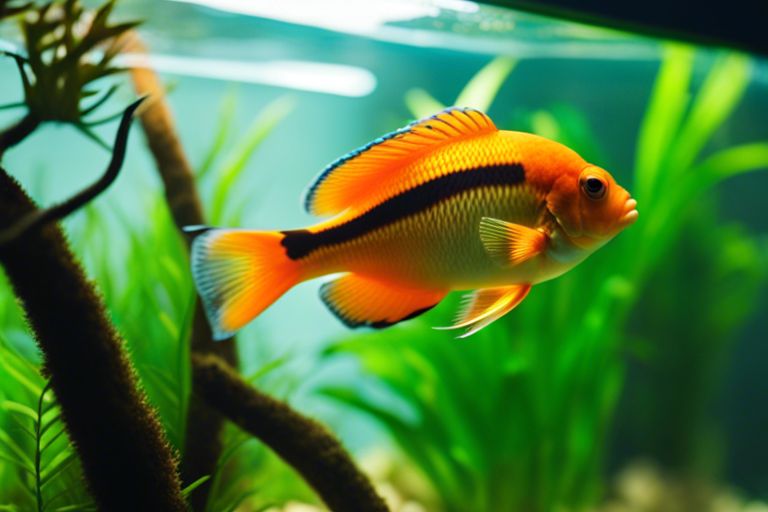Overruling the risk of introducing diseases into your established aquarium is crucial when adding new fish. Establishing a quarantine procedure is vital to safeguard the health of your aquatic environment. In this guide, we will walk you through the steps to properly quarantine new fish, ensuring a healthy and disease-free tank.
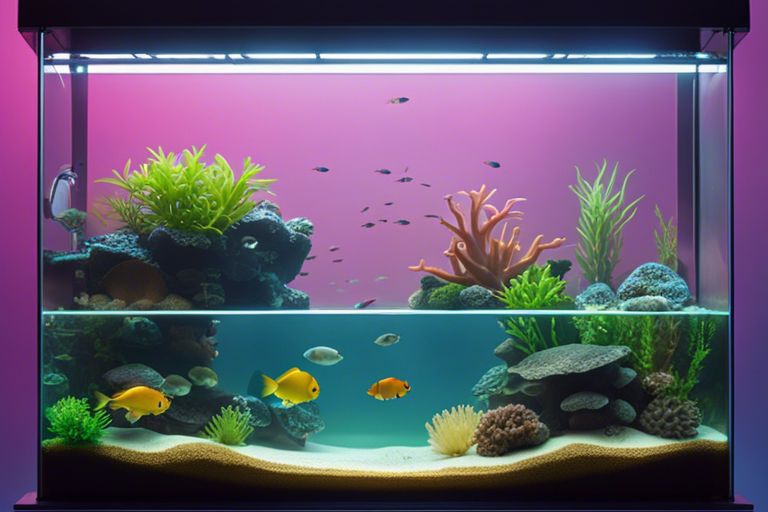
Setting Up a Quarantine Tank
Choosing the Right Size and Type
While setting up a quarantine tank, it is vital to consider the size and type of tank you will need. An appropriate quarantine tank should be large enough to comfortably house the new fish and allow for easy observation and maintenance. A tank size of at least 10-20 gallons is recommended, depending on the size and number of fish being quarantined. Additionally, a bare-bottom tank is preferable as it makes cleaning and monitoring the fish easier.
Necessary Equipment and Conditions
Conditions for a quarantine tank are crucial to the health of the new fish and preventing the spread of diseases. With proper equipment and conditions, such as a sponge filter for gentle filtration, a heater to maintain stable temperature, and an air pump for oxygenation, you can create a suitable environment for the new fish. It is vital to closely monitor and maintain water parameters such as ammonia, nitrite, and nitrate levels to ensure a healthy quarantine tank.
How-to Steps for Quarantining New Fish
Acclimatizing the New Arrivals
Even before introducing your new fish to the quarantine tank, it’s vital to acclimatize them slowly to their new environment. This process helps the fish adjust gradually to the water parameters and temperature differences between the seller’s tank and your own.
Monitoring Health and Behavior
If any of the new fish exhibit signs of illness such as lethargy, loss of appetite, abnormal swimming behavior, or physical symptoms like discoloration or visible parasites, it’s crucial to isolate the affected individual immediately. This prevents the spread of any potential diseases to the other occupants of the quarantine tank.
Steps should be taken to identify the specific symptoms and research potential causes to determine the appropriate course of action. Regular observations of the fish’s behavior and health are important during the quarantine period to address any issues promptly.
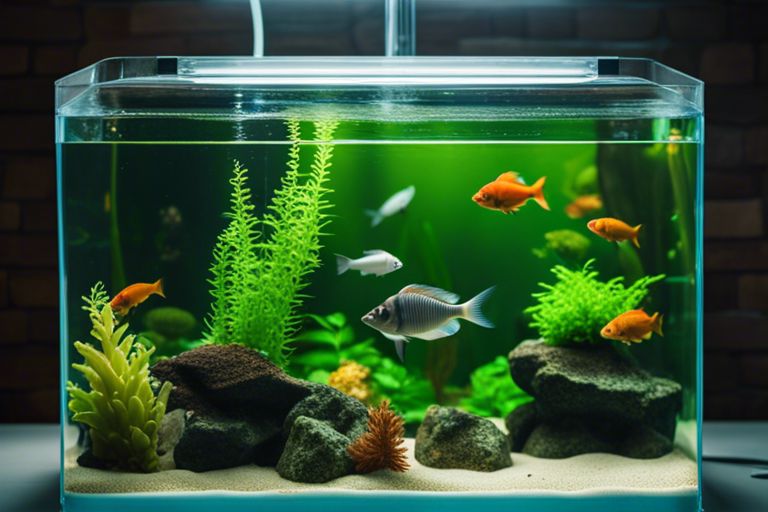
Factors Affecting Quarantine Procedures
Many factors can influence the effectiveness of quarantine procedures for new fish. Understanding these factors is important to ensure the health and safety of your existing aquarium inhabitants. Factors such as the duration of quarantine, recognizing signs of disease, and appropriate treatment options play a crucial role in the success of the quarantine process. This chapter will explore into these factors to help you navigate the intricacies of quarantining new fish successfully.
Duration of Quarantine
Factors influencing the duration of quarantine include the species of fish, their source, and any signs of disease observed during the quarantine period. It is important to quarantine new fish for a minimum of two to four weeks to allow for observation and potential treatment if needed. This timeframe is crucial for detecting any underlying health issues before introducing the fish to the main aquarium.
Recognizing Signs of Disease and Treatment Tips
For new fish in quarantine, it is important to monitor for signs of disease such as changes in behavior, appetite, or appearance. Look out for symptoms like lethargy, abnormal swimming patterns, or visible parasites. If any signs of disease are observed, it is crucial to act promptly. Treatment options may include medicated baths, antibiotic treatments, or specific medications depending on the diagnosis.
- Regular water testing and maintenance are important to prevent disease outbreaks.
- Provide a stress-free environment with proper water parameters and hiding spots for new fish.
- Quarantine all new arrivals, regardless of their apparent health status.
- Assume that all new fish are carrying potential diseases, even if they appear healthy.
Treatment
Treatment of any disease should be done under the guidance of a knowledgeable fish veterinarian or experienced aquarium hobbyist. It is important to follow the prescribed treatment plan carefully and monitor the fish’s response to ensure successful recovery. Remember to quarantine the fish until they are fully cured to prevent any potential spread of disease to other aquarium inhabitants.
By understanding the factors affecting quarantine procedures and following the necessary steps for duration, disease recognition, and treatment, you can effectively quarantine new fish and safeguard the health of your aquarium community.
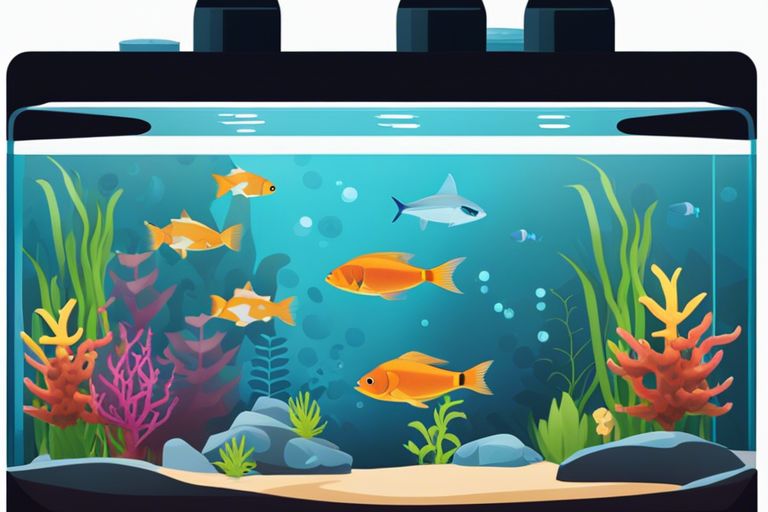
Transitioning Fish from Quarantine to Main Tank
Steps for Safe Integration
Keep the process of transitioning fish from quarantine to the main tank slow and deliberate. Begin by acclimating the fish to the temperature and water parameters of the main tank using a drip acclimation method. Monitor the behavior of the fish closely during this process to ensure they are adjusting well. Introduce the fish to the main tank during feeding time when other tank mates are distracted, reducing the likelihood of aggression towards the new additions.
Observing Fish Post-Transition
Safe observation of the newly integrated fish post-transition is crucial to ensure they are adapting well to their new environment. Keep a close eye on their behavior, appetite, and interactions with other tank inhabitants. Look out for any signs of stress, aggression, or illness, and be prepared to take action if necessary to maintain the health of all the fish in the tank.
Observing fish post-transition allows you to intervene quickly if any issues arise, such as bullying from other tank mates or signs of disease. By closely monitoring the new additions, you can prevent potential outbreaks and ensure a harmonious environment for all your aquatic pets.
Summing Up
Following this guide on how to quarantine new fish to avoid spreading diseases is crucial for maintaining the health of your aquarium. By isolating new fish for a period of time, observing them for any signs of illness, and treating them accordingly, you can prevent the introduction of diseases to your existing tank inhabitants. This practice is vital in ensuring a thriving and disease-free aquarium environment. Note, prevention is key when it comes to managing the health of your fish and other aquatic life.
FAQ
Q: Why is it important to quarantine new fish?
A: Quarantining new fish is crucial to prevent the spread of diseases, parasites, and infections to existing fish in your aquarium.
Q: How long should I quarantine new fish?
A: It is recommended to quarantine new fish for a minimum of 2-4 weeks to observe and ensure they are healthy before introducing them to your main tank.
Q: What equipment do I need for a quarantine tank?
A: You will need a separate tank, filter, heater, thermometer, and water test kit for your quarantine tank. It should also be cycled and ready to use before adding any new fish.
Q: How do I acclimate new fish to the quarantine tank?
A: To acclimate new fish, float the sealed bag in the quarantine tank to equalize the temperature. Then, gradually add small amounts of water from the tank into the bag over a period of time before releasing the fish.
Q: What should I feed quarantined fish?
A: Feed quarantined fish high-quality and easily digestible foods such as flakes, pellets, or frozen foods. Avoid overfeeding to maintain water quality.
Q: How often should I monitor quarantined fish?
A: It is recommended to monitor quarantined fish at least once a day for any signs of illness, abnormal behavior, or changes in appetite. Regular water tests should also be conducted to ensure optimal water conditions.
Q: When can I move quarantined fish to the main tank?
A: Quarantined fish can be moved to the main tank after the recommended quarantine period, provided they show no signs of illness or disease. It is crucial to avoid introducing any potential threats to your existing fish population.
